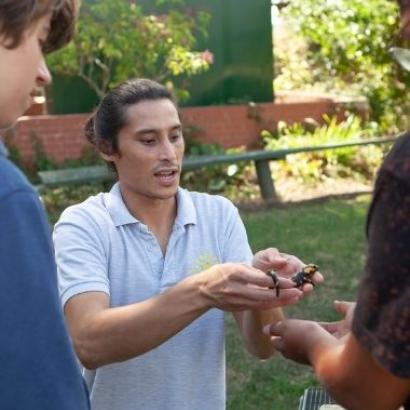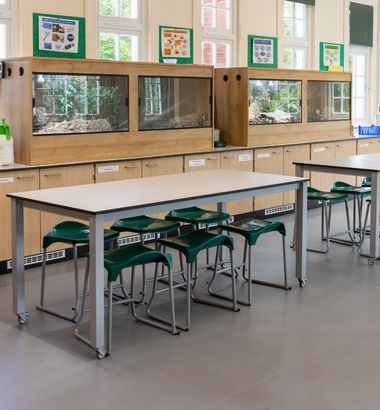

Meet the animals
The Hive has a long history of being home to all sorts of wonderful creatures, great and small. A lot of the animals were rescues and were either rehabilitated and released back into the wild, or looked after for the reminder of their lives when they were too domesticated or injured to back out on their own.
Over the last 50 years we've had ferrets, ducks, a tawny owl, a garter snake, foxes, magpies, a bearded dragon, a European toad, tailless whip scorpions, a Russian tortoise, rabbits.
Currently the only animals we have are our "classroom" animals, who are used a part of our teaching to learn about adaptations, habitats, feeding groups and classification, as well as treating animals and the environment with care and sensitivity.
Below are profiles on our current animals:
-
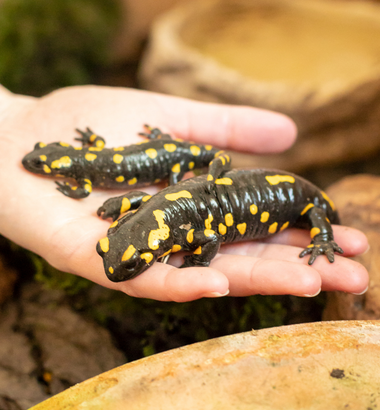
Fire Salamander
We have a number of fire salamanders here at The Hive but they all look very similar so they don't have individual names. They are great characters though! These salamanders are native to southern Europe, their natural habitat is forests near streams and ponds, much like the newts we have here in the UK. They have very distinctive yellow spots on black skin that are warning colours to their predators not to eat them.
-

Corn Snake
We have two corn snakes, Cynthia and Cornflake. They have been with us for over 15 years! Corn snakes a native to eastern and central United States. Their natural habitat is farms and meadows as their favourite food is mice! They are a constrictor, which means they squeeze their prey, and therefore do not have any venom in their fangs. They are also surprising good at climbing.
-
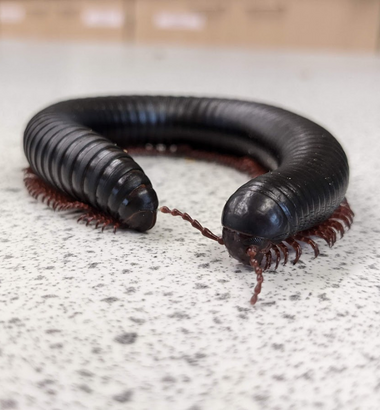
Giant Millipede
Here at the centre, we have a couple of giant millipedes, but they are very elusive and like hiding under all the leaves, barks and coconut shells in their tank. Their native habitat is tropical western Africa, in forest and jungles. These giant arthropods are also sometimes known as train millipedes because they can grow up to 25cm long! Did you know that they don't actually have 1000 legs, it's more like 200-250 depending on the age, but that's still a lot!
-

Giant African Land (GAL) Snails
We have 3 adult snails and 1 baby! GAL snails are one of the largest types of snails in the world, their shells can grow up to 20cm long. They are native to central Africa but are actually an invasive species in lots of countries across the world. They are typically found in forests and jungles where it is damp and warm and love to munch on leaves and vegetables. Our snail's favourite food is sweet potato!
-

Sungaya Stick Insects
We have loads of stick insects here at The Hive. They live in a big tank with lots of branches and leaves for them to climb over and eat. Their native habitat is the jungles of the Philippines, where they use their exceptional camouflage to hide amongst the trees and plants from their predators. They are also covered in tiny little spines that make them uncomfortable to eat, but they are actually red nice to handle. Don't be put off by their spikes!
-
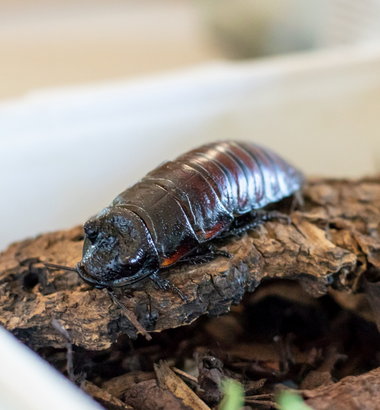
Madagascan Hissing Cockroach
We have quite a large "intrusion" of cockroaches here at The Hive. But don't worry they are welcome here, that's just the name of a group of cockroaches. Their native habitat is the island of Madagascar, just off the coast of south east Africa. They are have a very impressive adaptation were they can produce a hissing sounds from their spiracles (breathing tubes) that mimics the sound of a hissing snake.
